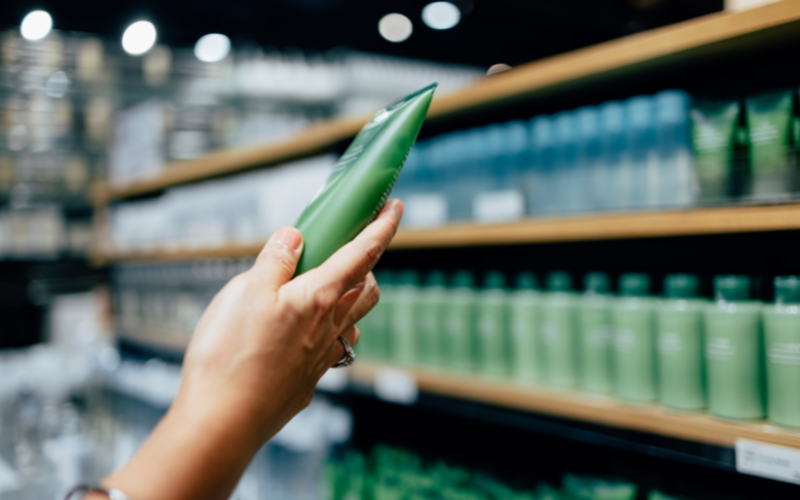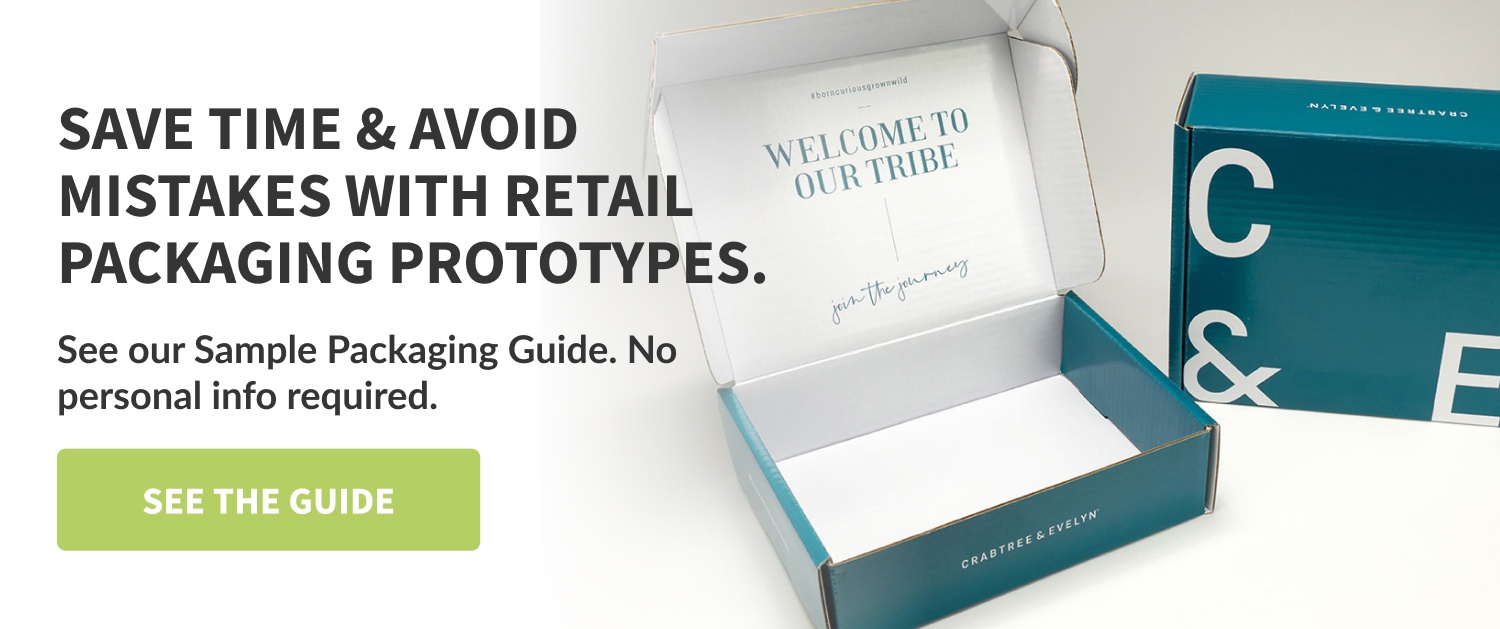Product Merchandising: 5 Tips for Success
Product merchandising is like curating an art museum. Brands must ensure that every product compliments the one next to it and achieves an overall coherence that will entice customers.
Optimize product merchandising and increase sales by considering your:
- Floor Plan
- Sensory Displays
- FAQ Signs
- Themes
- High-value Items
With these strategies in mind, you can elevate your in-store displays and take your product merchandising to the next level. You’ve put dedicated time and resources into creating products and a brand you’re proud of. Optimizing your in-store sales approach is the next step.
What is Product Merchandising?
In case this term is new, product merchandising is a loosely defined set of practices used to promote and sell products in a store. These practices include the product’s visual display, pricing, packaging, special offers, and placement.
“Visual merchandising” is one of the most important aspects of product merchandising. It involves planning, designing, and displaying products to highlight their best qualities. For instance, eye-catching products should be placed near the front of any display. When interested customers approach, they will naturally look at these products before approaching other products with more subdued visuals.
Beyond visual merchandising, it’s crucial to encourage customers to interact with products through experiential elements like free samples, photo opportunities, or custom-made artwork.
Ultimately, the goal of product merchandising is to create an attractive display that draws prospective buyers in and converts additional sales.
Why is Product Merchandising Important?
Product merchandising can make or break a potential sale, regardless of the quality of your merchandise. With the rise of e-commerce, shelf space in retail settings has never been more competitive.
Product presentation is imperative to optimize how your brand is displayed. With a well-merchandised display, consumers can focus on the best parts of your brand. The following are important benefits of product merchandising.
Builds Brand Recognition
As in-store shopping becomes increasingly rare, brands need to go above and beyond to stand out. Product merchandising presents a great opportunity to use your logo, brand colors, and typography to establish a visual link in shoppers’ minds. Other elements like scents, sounds, and textures can create a strong association with buyers. Even if you don’t convert a sale immediately, consumers will be more likely to recognize your brand and make a purchase in the future.
For example, Grove Collaborative is primarily an e-commerce company but they use sleek packaging design to break into retail settings and attract new customers.
Increases Sales
A thoughtfully merchandised display will always perform better than haphazardly arranging products on a shelf. Consider the best qualities of your products and find ways to highlight them to passersby. Not only will shoppers stop to check out your merchandise, but up-selling and cross-selling are much easier when all your products are arranged intuitively.
If all goes well, a new buyer may leave the store with several products they didn’t intend to buy when they arrived.
Improves Customer Experience
Small variations in product merchandising can lead to vastly different sales outcomes. Every element of the in-store experience—from staff interactions to product placement and pricing—has a definite effect on customers’ willingness to buy a product.
Boost customers’ mood with good product merchandising and you will be much more likely to convert a sale.
5 Product Merchandising Tips
As leading brands discover the importance of product merchandising, companies are developing inventive marketing strategies to show off their products. Let’s dive into five tips to effectively incorporate product merchandising.
Consider Your Floor Plan
A store’s layout has a big effect on consumers’ shopping experience. Try experimenting with different floor plans, which include grid, loop, angular, or free-flow arrangements. Grid floor plans are a popular option because they are inexpensive to install, maximize floor space, and boost visibility around the store. However, grid plans may be viewed as boring and uncreative.
Many businesses opt for a loop floor plan because it maximizes wall space and has high product exposure. But some companies avoid loop floor plans because they lend themselves to browsers, rather than consumers hoping to make a quick purchase.
Angular floor plans are great for cutting-edge industries like technology or fashion. The angular, asymmetrical design draws attention to displays and cuts through the noise. But angular floor plans are not a good fit for businesses with limited floor space.
Lastly, free-flow floor plans encourage browsing and are easily alterable when you get new merchandise. However, customers aren’t always sure how to navigate free-flow floor plans and displays can appear cluttered and unprofessional.
Engage All Senses
Remember that visuals are just one piece of a successful product merchandising campaign. Use tactile packaging, free samples, and pleasant music to engage every sense while customers are in your store.
Consumers will be pleasantly surprised to experience such a wide range of stimuli, which will put them in a good mood and get them ready to make a purchase. Consider incorporating a point of purchase (POP) display to entice shoppers to make a purchase. When in doubt, feel free to order sample packaging before you commit to a final design for your retail space.
Related Content: How to Plan a Product Packaging Sample
Display FAQ Signs
Improve the mood of both shoppers and employees by answering common questions with an FAQ sign. In-store signage helps customers find what they’re looking for without asking an employee, allowing workers to concentrate on their jobs.
An inventory is helpful when customers enter the store, as are signs for different sections and departments. Include signage for dressing rooms and restrooms so customers can easily navigate the store. This way, workers will be able to engage customers in a friendly way, rather than answering the same basic questions ad nauseam.
Use a Theme
Be sure to create an overarching theme for your product merchandising. Change your theme with each new product launch or match themes with holidays and seasons. If you keep things fresh, customers will return to see your new displays and decorations.
It’s also important to make things photogenic. If your merchandise is “Instagrammable” then fans and influencers will post about your brand, allowing for organic social advertising. For instance, a Halloween-themed display will encourage influencers to take photos in costume, creating engaging content for their followers.
Focus on High-Value Items
Depending on your industry, a handful of big sales can keep your business in the black for the year. It’s fine to sell lower-denomination products, but make sure your displays offer opportunities to cross-sell and up-sell to products with higher margins.
For instance, if your brand sells inexpensive protein bars, you can place them near more expensive supplements to encourage buyers to get both at the same time. Promote your best-selling products and place them near new or seasonal products to convert new sales and build brand loyalty.
Unlock the Potential of Product Merchandising
The value of product merchandising is power, as is its potential to enliven a retail setting. Build brand recognition, increase sales, and improve customer experience at the same time with a thoughtfully arranged display.
Consider elements like floor plans, sensory displays, FAQ signs, themes, and high-value items to guarantee your product merchandising is highlighting your brand in the right ways. If you want to make sure your product merchandising is optimized, reach out to a qualified packaging company and update your brand image.




